How a new snow brand’s open philosophy is shaking up the outdoor industry
- Text by Alex King

It takes confidence to be open about what you do. But for Open Wear co-founders Martijn Jegerings and Jella Kramer and their production partner Chris Westen, having an open philosophy right from the start has allowed them to make big waves in the ski and snowboarding market.
Their idea came from a root-to-branch rethink of the entire outerwear industry, through realising that by cutting out the middle-men and being open about every stage of the production process, they could deliver an ethical and sustainable jacket to customers at a much lower price point than their competitors – without compromising on quality.

Being open with their potential customers has helped them make the right decisions at every stage of the process: from choosing an ethical supplier in Indonesia to using Sympatex, an eco-friendly material made entirely from recycled bottles.
Taking their love for riding killer powder, their knowledge of working in different levels of the outdoor industry and their desire to do things differently, Open Wear’s offering on Kickstarter got a huge response and their funding goal was reached in days.
We spoke to Martijn to find out more about Open Wear’s refreshing new approach, hitting the slopes and the brand’s ambitions for the future.

How and why did you start Open Wear?
About a year ago, I started picking up on ski touring. Which is an absolutely fabulous way to enjoy the mountain. You earn your turns, plus you can almost always still find some good powder. However I found that the jacket that I owned wasn’t made for hiking up. I was sweating like crazy. So I decided to get myself a new jacket, but only suitable jackets I could find where in the €600 plus category.
Coming from the outerwear industry, I knew the huge amount of this price consisted of mark-ups. Over the following months I started to rethink that entire outerwear chain step by step and realised we could easily cut-out several steps. That way we could radically lower the prices, without compromising anything in terms of quality. So an idea was born: why not make the best powder jacket there is and make it affordable?
After I moved to Switzerland, last summer, I knew this was the best time to give it a try. I started gathering people around me who shared the ambition and together we polished the idea. We decided that, besides making great products, we’d also like to build a sustainable company.
So our products have to be eco-friendly and manufactured under safe and good working conditions. We decided that the company has to be truly open. About our production, our pricing, our contribution to a better world, but also, open about changes our customers would demand. To make sure we would always stick to our principles, we embedded the openness into our company’s name: Open Wear.

Is it a good time to strike it alone?
Yeah, it is. 100% sure. There hasn’t been a better time when it was so easy to set up a company. Take a look at us. With hardly any budget, we are now able to launch our first product. Where in the past you had to go to a bank to get a loan, spend a lot of time on making your business plan bank-proof, you had to open a store or have a warehouse, pay for focus groups and many more obstacles. All of that required you to bring in a lot of capital before you could even start.
Whereas now you start your own little community on social media, gather feedback, set up an online store, start a crowdfunding and you can even arrange the entire fulfilment without owning a warehouse. The only thing that limits you is your own will and courage to give up the certainty and take a risk. But then again the risks nowadays are small compared to the past.

What were you doing beforehand?
I was already working in the outerwear industry, at Protest Sportswear in The Netherlands. First on Copywriting and PR, after as Head of Marketing and since I moved to Switzerland, they offered me to work part-time as a Digital Project Leader. Which give me time to slowly further develop the concept behind Open Wear. (So, thanks for that Protest.)
What challenges have you faced?
The biggest challenge is finding the right partners to work with. In the past I tried of few things by myself, but it’s so much better to be able to share your work and ideas with people that have the same goals. Therefore I’m very happy with my co-founder Jella and also our production partner Chris. Without them Open Wear wouldn’t be where we are now.

Who or what do you take inspiration from?
There is not one specific person I take inspiration from, but I do often get aspired by stories of why people decided to stick to their ideas, develop a clear vision and build a brand. These kind of stories are probably known at Facebook as my clickbait.
Are there any indie brands out there that you think are doing great things?
There are many. Just to name few. I like MAAP for the great style they bring to cycling. I believe Melt has great potential in changing the ski industry, with their no waxed ski’s and finally Everlane because they are a true inspiration in their transparency in pricing and production.

What does independence mean to you?
Being able to stick to your own ideas. Staying close to what you think is important. Even though some decisions have no direct return on investment. I believe openness is something people are demanding and that hiding behind big ad campaigns is not an option for us. Building an honest brand will pay back in the future.
What’s the single greatest lesson you’ve learned from setting up your own business?
Listening to people. Trying to get their true opinion out. Not the one they’ll first voice to you, but the one they were planning on telling their friends. Don’t be afraid of critics. People are only critical if they care enough about you or your brand. So listen to them, try to understand where their ideas come from. Only listening to people that like and support your ideas is good for your ego, but won’t bring you and your brand any further. It’s also not about adapting to every wish or demand, but about understanding where those ideas come from.
What are your ambitions for the future of Open Wear?
I hope that in five years, people will value Open Wear as an honest and open company, that makes pretty damn good outerwear products.
Find out more about Open Wear or check out their Kickstarter campaign.
Enjoyed this article? Like Huck on Facebook or follow us on Twitter.
Latest on Huck
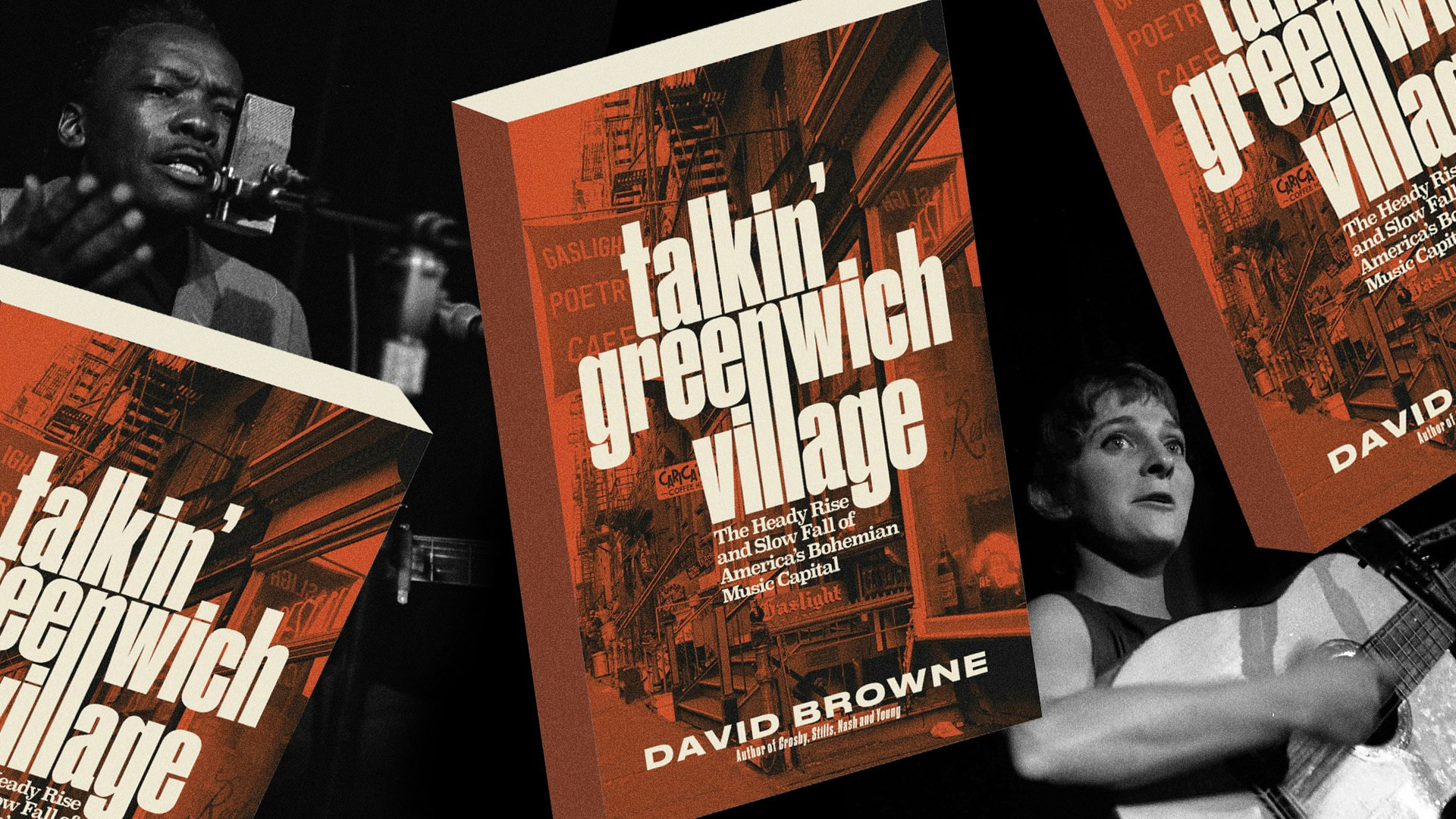
In the ’60s and ’70s, Greenwich Village was the musical heart of New York
Talkin’ Greenwich Village — Author David Browne’s new book takes readers into the neighbourhood’s creative heyday, where a generation of artists and poets including Bob Dylan, Billie Holliday and Dave Van Ronk cut their teeth.
Written by: Cyna Mirzai
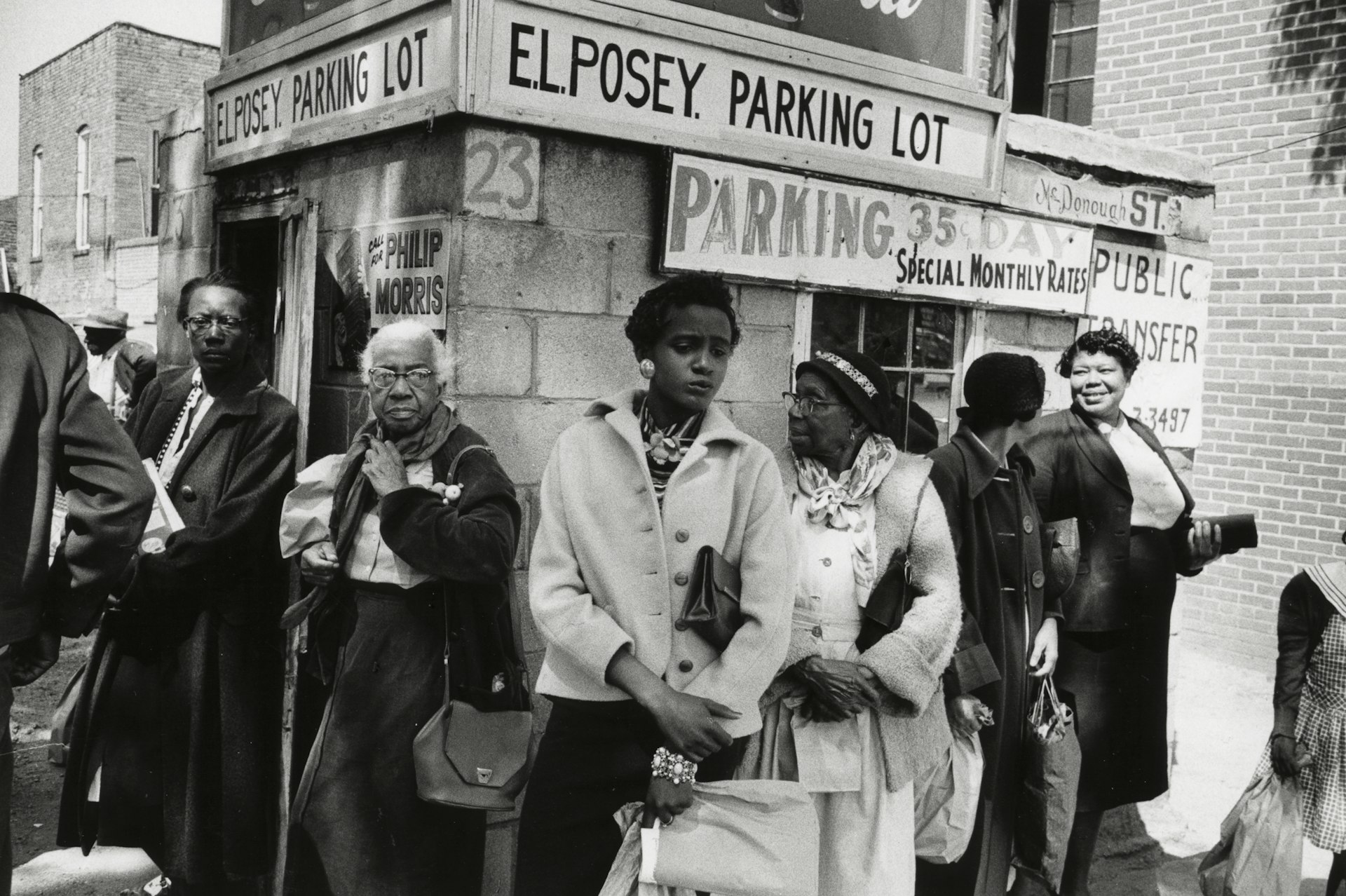
How Labour Activism changed the landscape of post-war USA
American Job — A new exhibition revisits over 70 years of working class solidarity and struggle, its radical legacy, and the central role of photography throughout.
Written by: Miss Rosen
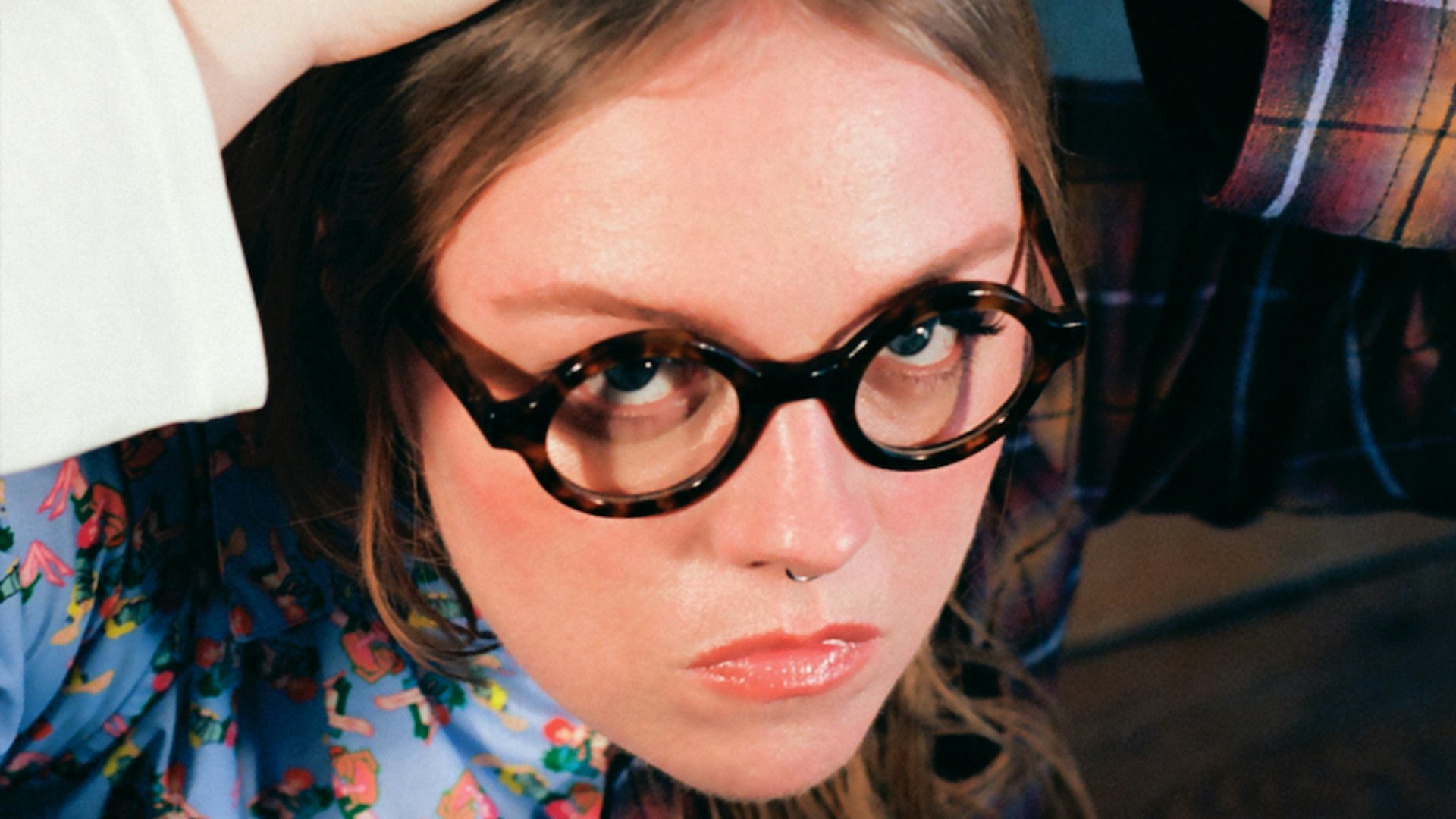
Analogue Appreciation: Emma-Jean Thackray
Weirdo — In an ever more digital, online world, we ask our favourite artists about their most cherished pieces of physical culture. Today, multi-instrumentalist and Brownswood affiliate Emma-Jean Thackray.
Written by: Emma-Jean Thackray
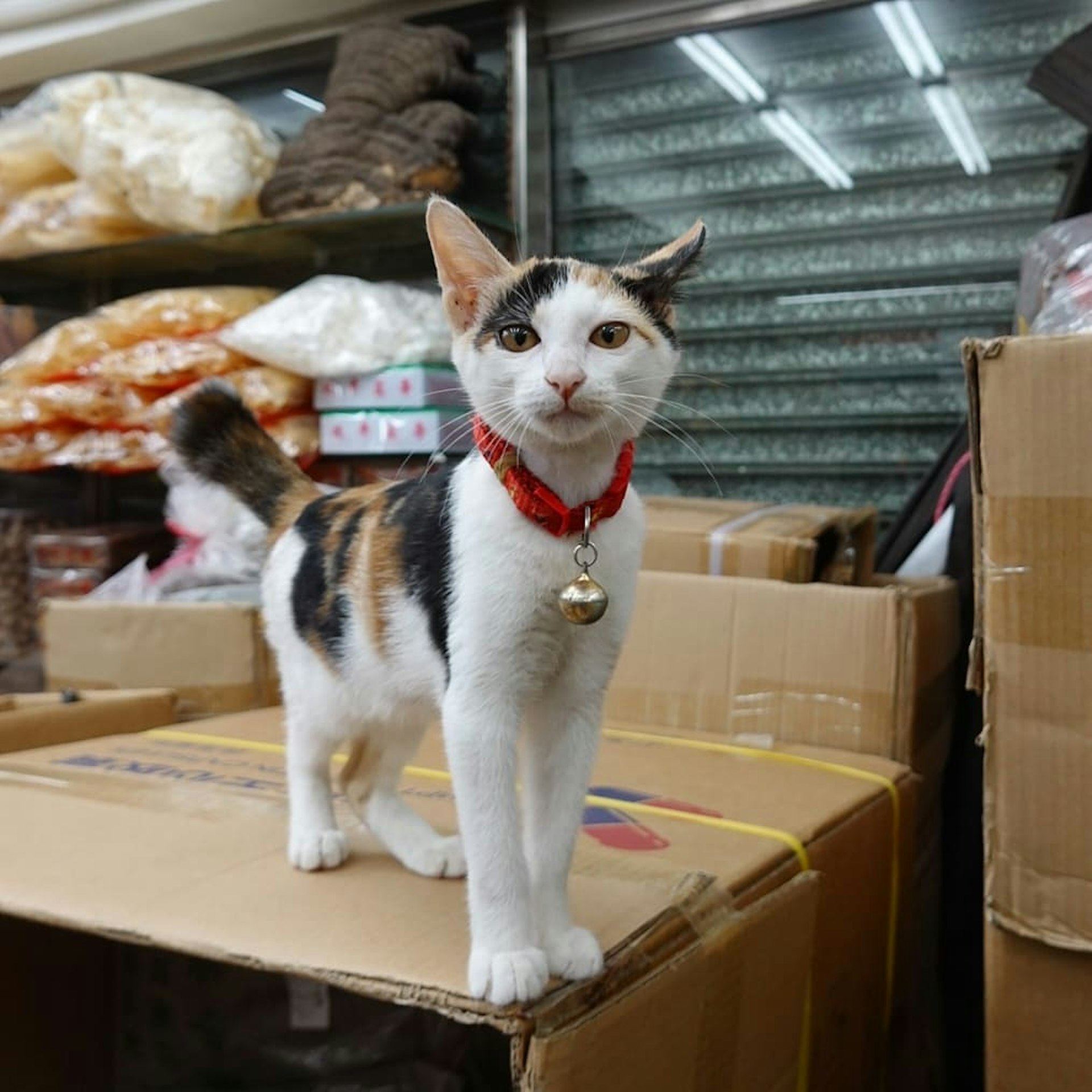
Meet the shop cats of Hong Kong’s Sheung Wan district
Feline good — Traditionally adopted to keep away rats from expensive produce, the feline guardians have become part of the central neighbourhood’s fabric. Erica’s online series captures the local celebrities.
Written by: Isaac Muk
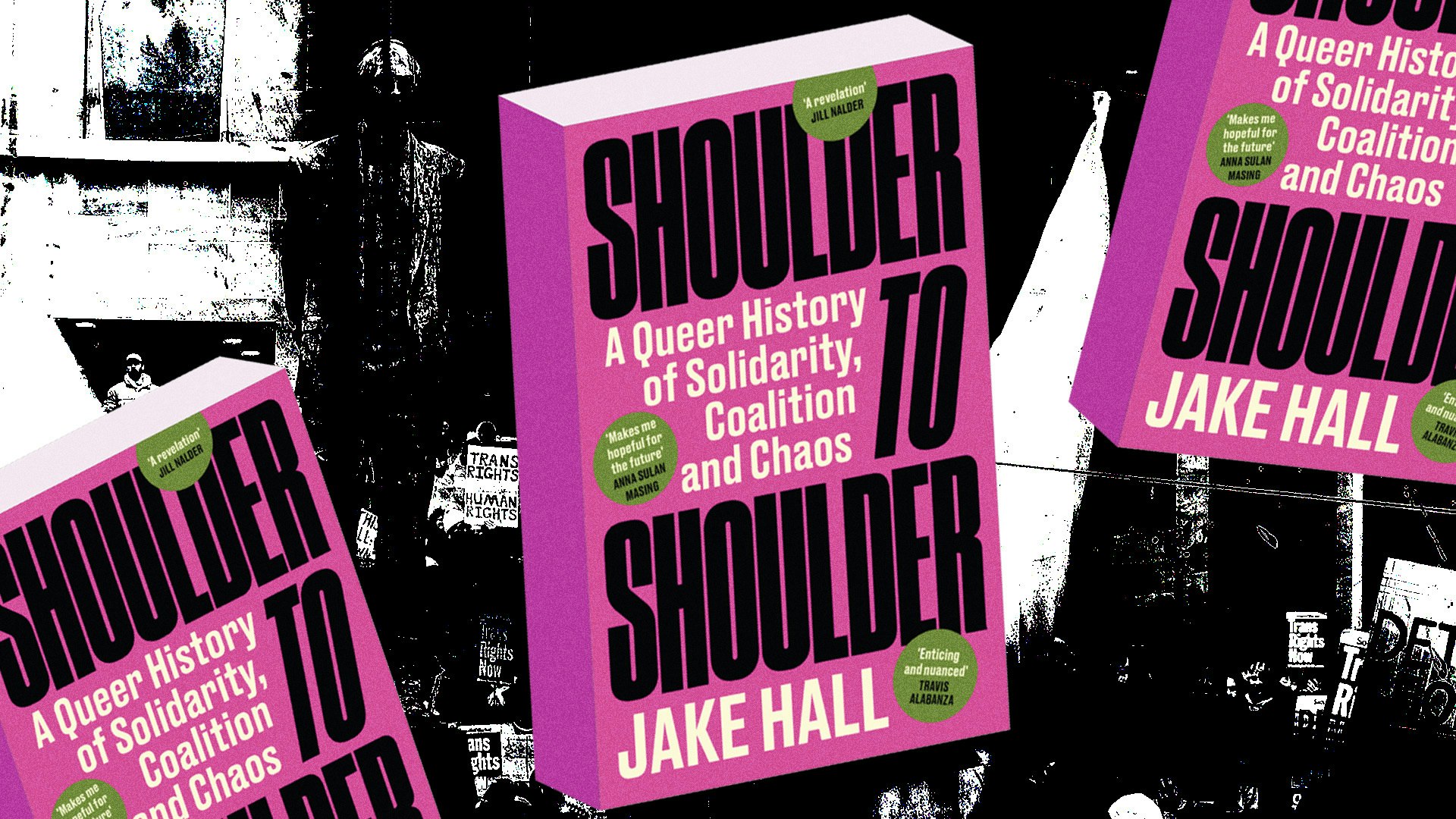
How trans rights activism and sex workers’ solidarity emerged in the ’70s and ’80s
Shoulder to Shoulder — In this extract from writer Jake Hall’s new book, which deep dives into the history of queer activism and coalition, they explore how anti-TERF and anti-SWERF campaigning developed from the same cloth.
Written by: Jake Hall

A behind the scenes look at the atomic wedgie community
Stretched out — Benjamin Fredrickson’s new project and photobook ‘Wedgies’ queers a time-old bullying act by exploring its erotic, extreme potential.
Written by: Isaac Muk